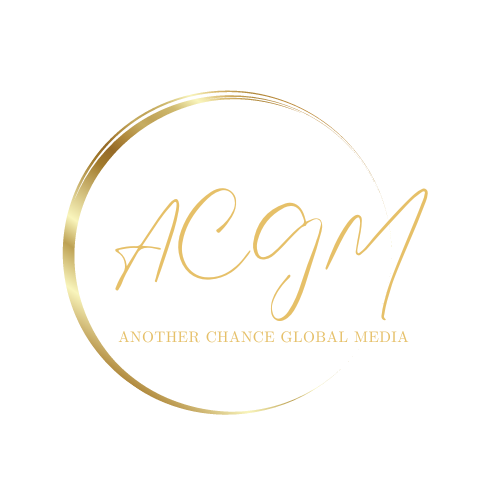Unveiling Hidden Chapters: Little-Known History and Facts of the Book Publishing World
3 min read
The world of books and publishing holds a rich tapestry of history, often adorned with lesser-known anecdotes and facts that add depth to its narrative. Let’s embark on a journey through the hidden chapters of this literary realm, unveiling fascinating tidbits that may have escaped the spotlight.
1. Ancient Libraries of Alexandria
- The legendary Library of Alexandria, founded in the 3rd century BCE, is often considered one of the ancient world’s most significant centers of knowledge. It is said to have housed an extensive collection of scrolls and manuscripts, making it a beacon for scholars and intellectuals of the time.
2. The Gutenberg Bible
- While Johannes Gutenberg is celebrated for inventing the printing press around 1440, his most famous creation, the Gutenberg Bible, was not the first book he printed. The lesser-known “Catholicon,” a Latin dictionary and grammar book, holds that distinction.
3. The World’s Smallest Book
- The world’s smallest book, “Teeny Ted from Turnip Town,” measures just 70 by 100 micrometers and requires a microscope to be read. Created by a Canadian author, this minuscule masterpiece holds a place in the Guinness World Records.
4. Book Vending Machines
- Invented in the early 20th century, book vending machines were once scattered across train stations in Germany. Commuters could purchase novels for their journey, marking an innovative intersection of literature and technology.
5. Penguin Paperback Revolution
- In 1935, Penguin Books revolutionized the publishing industry by introducing the first-ever paperback books. Priced at sixpence, these affordable paperbacks made literature accessible to a broader audience, challenging the notion that books were a luxury.
6. Bizarre Book Shapes
- Beyond conventional rectangular books, some authors have experimented with unique shapes. For instance, “Tree of Codes” by Jonathan Safran Foer features die-cut holes, creating a sculptural reading experience.
7. Forbidden Books in the Vatican
- The Vatican Library holds a secret archive, the “Index Librorum Prohibitorum,” which once listed books banned by the Catholic Church. The index was abolished in 1966, but the secret archives remain a source of intrigue for historians.
8. The Guinness World Record for Most Published Author
- L. Ron Hubbard, known for founding Scientology, holds the Guinness World Record for the most published author, with over 1,000 published works under various pseudonyms.
9. The World’s Longest Novel
- “À la recherche du temps perdu” (“In Search of Lost Time”) by Marcel Proust is considered the world’s longest novel. The seven-volume masterpiece spans over 4,000 pages and explores the intricacies of memory and human experience.
10. Bookworms and Bookbinding
- Historically, bookbinders used the skin of bookworms as an adhesive. The fat content in the worms’ bodies made them a natural source of glue for binding pages together.
11. Book Smugglers of Timbuktu
- In the 16th century, Timbuktu became a renowned center for scholarship. To protect valuable manuscripts from invaders, locals organized a network of book smugglers who transported these precious works to safety.
12. The Largest Library Catalog
- The Library of Congress in the United States boasts the world’s largest library catalog, with over 170 million items, including books, manuscripts, photographs, maps, and more.
These lesser-known facts and historical nuances add layers to the enchanting story of books and publishing. As we celebrate the written word, let’s continue to uncover the hidden gems that contribute to the rich tapestry of literary history.
#BookHistory #PublishingFacts #HiddenChapters #LiteraryAnecdotes #UnveilingBookHistory




